Nam Nha Pagoda
Nam Nha pagoda is famous not only by the beauty of elegant architect, peaceful and quiet palace but also by the historical – cultural relic. So it becomes a popular place for tourists visiting in Can Tho.
Nam Nha Pagoda is located in the northern residential area about 200 meters from the Hau River, in front of the family Binh Thuy, the south is the street of Le Hong Phong. The pagoda was recognized as historic national culture in 1991.
Nam Nha Pagoda was created by Nguyen Giac Nguyen in 1890. By 1895, humanitarian Master introduced to, he gave up the pharmacy North and build a temple named Nam Nha Tang. Thus the temple also known as Master. At this point of time only 3 temples, wooden pillars, gates and very simple tiled roof is composed of the main power between the two sides are East and West Lan Lan way street.

In 1905 the temple was expanded with 5 apartments and two bottles. In the late nineteenth century and early twentieth century, is based Nam Nha Pagoda revolutionary activities of the patriotic scholars such as Nguyen Than Hien Cuong, Nguyen Giac Nguyen....In 1917, Nguyen Giac Duyen Nguyen Giac Cung and children, and all the temple committee composed Duong Van Dat (teacher she died), Mai Thi Furniture, Bui Huu Sanh (son valedictorian Bui Huu Nghia) jointly build a three security concerns. By the year 1923, the temple was restored, finishing one more time and huge scale as today.
Yard, surrounded by a large garden stretching out to take waterfront Binh Thuy; Between bonsai garden is above 2 m is placed in a tub of blue water ships dark red brick, pine trees planted in the garden, plant monitoring and other trees. Interwoven under this tree are valuable ornamental plants, nearly 100 years old are cut meticulously bending.

In the middle is a large house 5 times, tiled roofing, painting on shaped European dragons. Ministry for roof truss pattern set on seven pillars round, square. Under each column has a stone base. The central area of the main hall is decorated very solemnly where the altar used as a tool Professor Nguyen Giac Nguyen, Quan Quan Noble and Calendar Great Patriarch. Facing the altar three religions is a shrine town guardian herd poet Bui Huu Sanh and Bui Huu Nghia.
Both sides have 2 electric bills put all your altar table of the abbot. After the house was a long corridor with two rooms seating quarter. To the right and left temple tile is 2 blocks east called Lan Road (also known as Need dojo) for men and Zealand Road (also known as Kun dojo) for women eating communion with kitchen . After the temple is an orchard, evergreen, season actualised, typical for the Mekong Delta.
See more
-
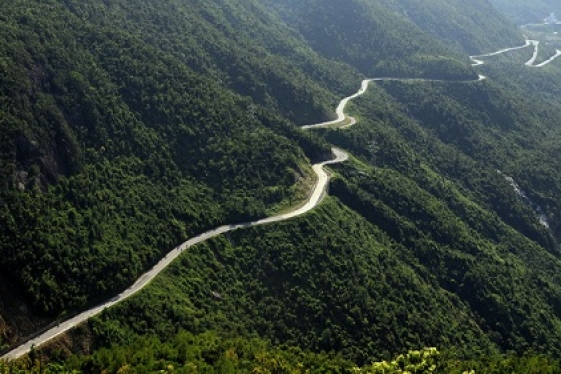
Ngang Pass
Ngang Pass is one of the most famous attractions in Quang Binh . Ngang Pass is the mark of the history and become a legend. The image of Ngang pass appears in many...
-
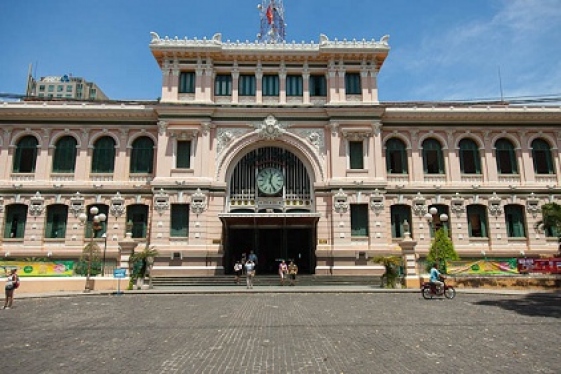
Central Post Office in Ho Chi Minh City
The Central Post Office in Ho Chi Minh is a beautifully preserved remnant of French colonial times and perhaps the grandest post office in all of Southeast Asia. Located next...
-
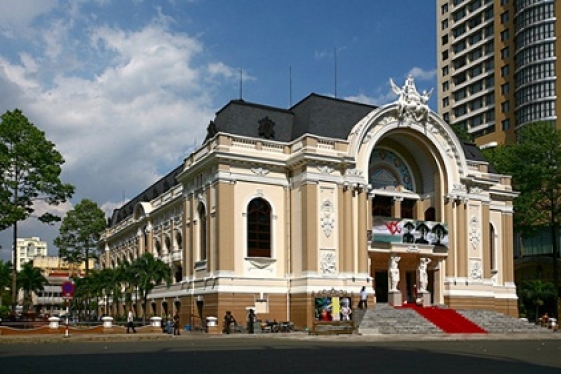
Saigon Opera House
The Saigon Opera House in Ho Chi Minh is an elegant colonial building at the intersection of Le Loi and Dong Khoi Street in District 1, very close to the famous Notre Dame...
-
.jpg)
Yen Tu Mountain
Yen Tu Mountain is one of the highest peaks in the Dong Trieu Mountains in the north-eastern area of Vietnam, located within the area of Uong Bi Town, Quang Ninh Province....
-
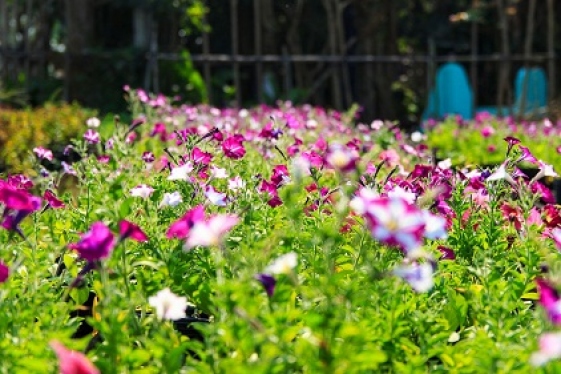
Sa Dec flower village
Sa Dec is home to many kind of flowers and one of flower centers of South Vietnam. The best time to visit Sa Dec village is in spring when all flowers are blooming and Sa Dec...
-
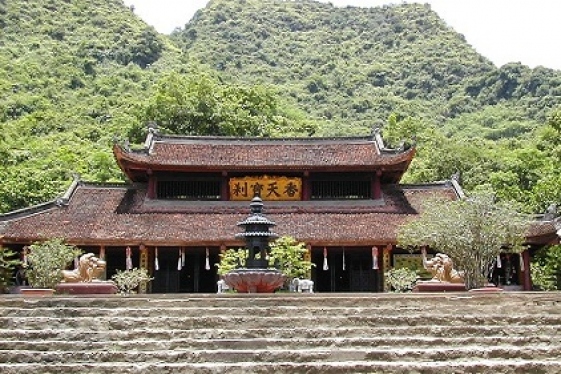
The perfume Pagoda
The Perfume Pagoda (Chùa Hương) is a vast complex of Buddhist temples and shrines built into the limestone Huong Tich Mountains.
-

War Remnants Museum
The War Remnants Museum once known as the ‘Museum of American War Crimes’ first opened to the public in 1975.
-
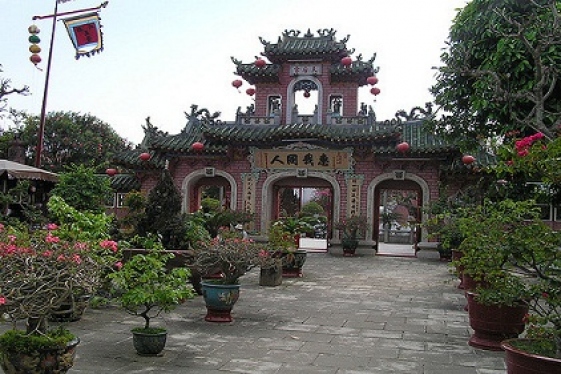
Chuc Thanh Pagoda
Chuc Thanh Pagoda was founded by Monk Minh Hai of Chine in 1454, making it the oldest Buddhist pagoda in Hoi An. Featuring a mix of Vietnamese and Chinese architectural...
-
.jpg)
Ngoc Vung Island
Ngoc Vung Island is a romantic place which possesses primitively beautiful landscapes with freshest and most delicious seafood of the bay at the lowest price.
-
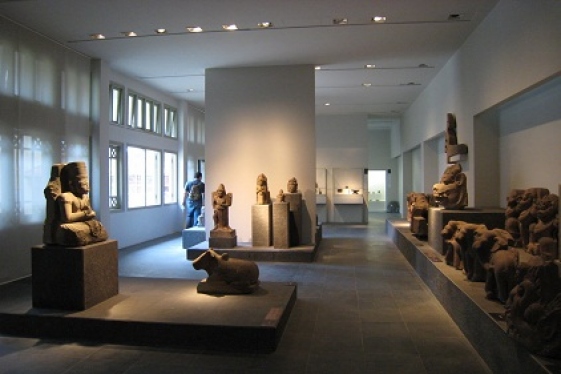
The Museum of Cham Sculpture in Da Nang
With their roots dating back as far as 192 AD, Vietnam's indigenous Cham people lived an Indian way of life in both culture and language. The Cham Museum in Danang is...
Destinations
Most popular tours
-
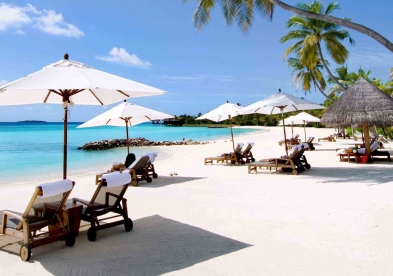
Charming Mui Ne
Price from: 198 US$
-
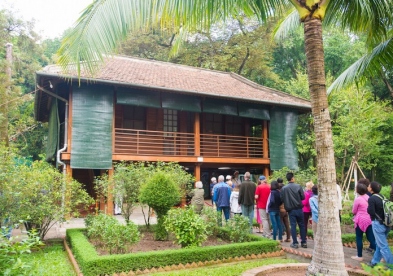
Half-Day Cu Chi Tunnels Tour
Price from: 18 US$
-

Northern Vietnam Delights
Price from: 1.460 US$
-

Cuc Phuong National Park
Price from: 30 US$
Business info
Vietnam Local Guide
- Address: 18th Floor, VTC Online Tower, 18 Tam Trinh Str.,Hai Ba Trung Dist., Hanoi, Vietnam
- Email: info@vietnamguider.com
- Phone: (+84) 0904989890
- Hotline: (+84) 0904989890